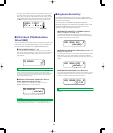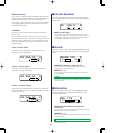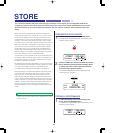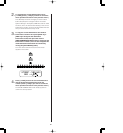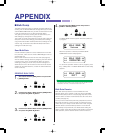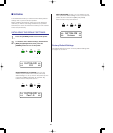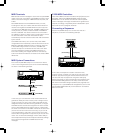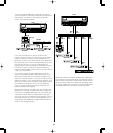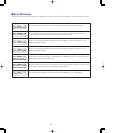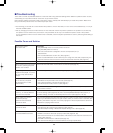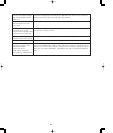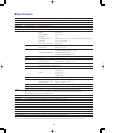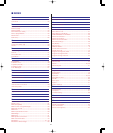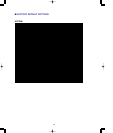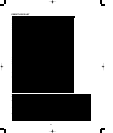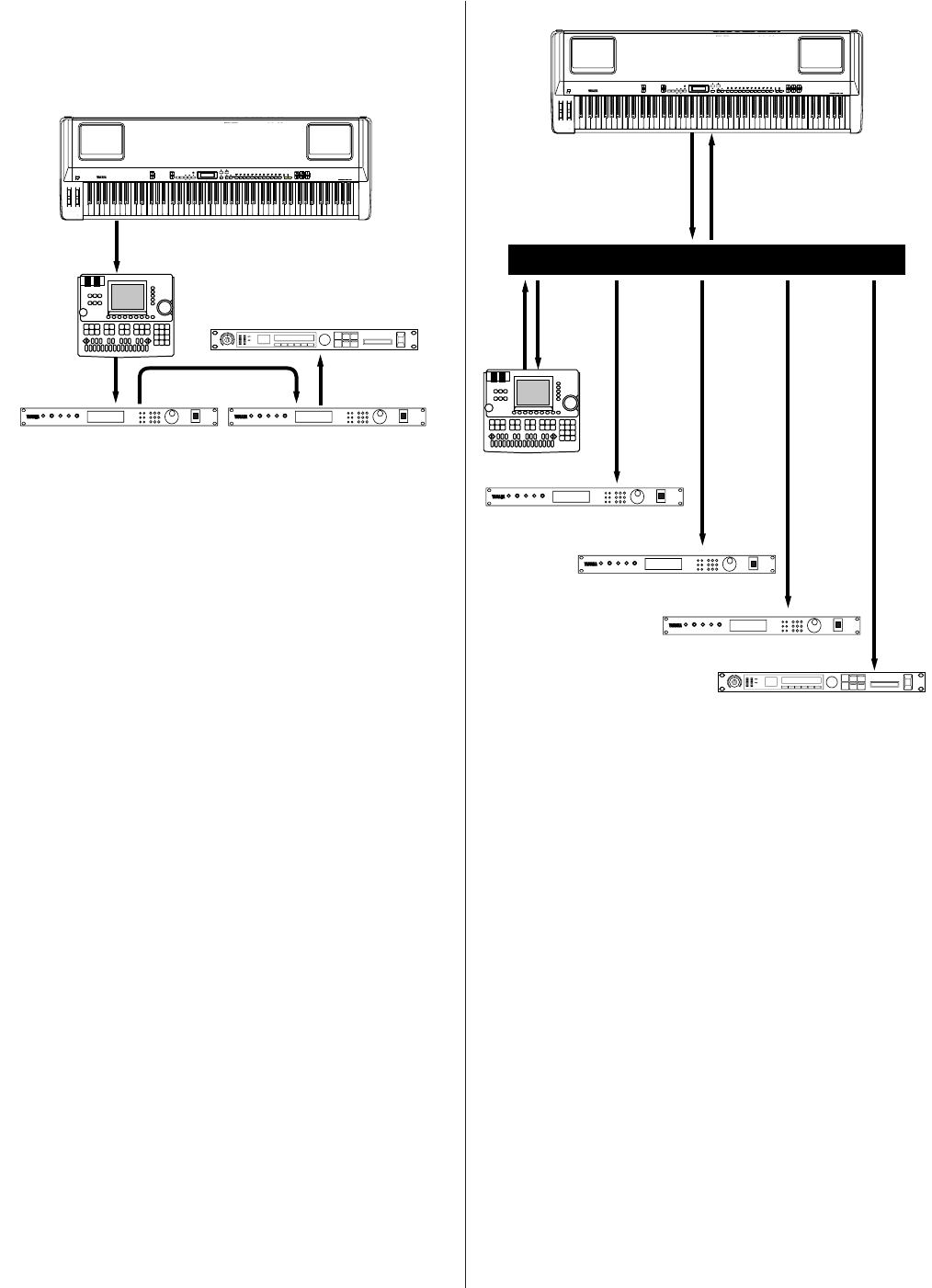
66
Besides eliminating the possibility of MIDI delays, a MIDI patch
bay is essential in a larger setup where you frequently need to
perform bulk dump and other operations with specific devices,
and don’t want to waste time plugging and unplugging cables
accordingly. A MIDI patch bay lets you instantly reconfigure the
way all MIDI cables are connected for a given application.
MIDI
THRU 2
MIDI
IN 2
MIDI
OUT
MIDI
OUT
MIDI
IN
MIDI
THRU 3
MIDI
IN
MIDI
THRU 4
MIDI
IN
MIDI
THRU 5
MIDI
IN
MIDI
THRU 6
MIDI
IN
MIDI
IN
MIDI
IN 1
MIDI
THRU 1
P-200
SPX-990
MU100R(A)
MU100R(C)
MU100R(B)
QY700
MJC8 MIDI Patch Bay
REVERB
MODULATION
ROOM
STAGE
HALL
CHORUS
SYMPHONIC
TREMOLO
EFFECT
LOW MIDDLE HIGH
EQUALIZER
INT.EQ
KBD SENS.
PB MIW
NAMEPSCS FC
LOCAL
CHANNEL
PC TABLEMIDI FILTER
SYSTEM
PIANO 1PIANO 2PIANO 3PIANO 4E.PIANO 1E.PIANO 2E.PIANO 3VIBESORGAN 1 ORGAN 2STRINGSBASS
VOICE
PERF. B
PERF. A
EDIT
STORE
ORGAN
COMBINATION
123456789101112
PAGE
DETUNE
TRANSPOSE
BALANCE
SPLIT
+1/YES-1/NO
MIDI
PS2PS1
CONTRAST
C3
CS
DATA ENTRY
VOLUME
MAX
MIN
MODULATION
PITCH
POWER
ON/OFF
OUT
MIDI
IN
THRU
FOOT CONTROLLER SOFT
SOSTENUTO
SUSTAIN
L/MONO
R
OUTPUT
L/MONO
INPUT
R
OFF ON
SPEAKER
A more sophisticated MIDI setup is required if you want to
connect a sequencer, several tone generators and perhaps an
effects device. The series, or “daisy chaining” method is
shown in the following illustration.
In this case, the sequencer is used to record the note,
program change, controller, etc. data as you play the P-200,
and then play it back using the voices in the external tone
generators, as well as the P-200’s internal voices. Multitimbral
tone generators (such as the Yamaha MU100R) can play more
than one voice at a time, so you can configure them for
layering several voices by assigning the same MIDI channel to
more than one voice, or build up a complex ensemble by
assigning a different MIDI channel to each voice that makes up
a part in your composition.
You can send program change messages directly to the
external tone generators and the effects device (such as the
SPX-990) from the P-200, or record these messages in the
sequencer at specific locations in the song, so that voices and
effects will change “on cue” during sequencer playback—thus
giving you enormous music production power. Note that since
you would be recording each music part using a different
voice, you would need to set the P-200’s keyboard Local
feature to Off status (see page 55).
Be aware that the longer your daisy chain becomes (and also
depending on how long your MIDI cables are), the higher the
chances that a noticeable “MIDI delay” will occur during play,
caused by the time it takes for the MIDI data to reach each
device. To avoid such a potentially annoying problem, you can
use a MIDI patch bay (such as the Yamaha MJC8), which is
equipped with multiple MIDI IN and MIDI THRU terminals, as
shown in the following illustration.
MIDI IN
MIDI
IN
MIDI
IN
MIDI IN
MIDI OUT
MIDI
THRU
MIDI THRU
P-200
QY700
MU100R(A) MU100R(B)
SPX-990
REVERB
MODULATION
ROOM
STAGE
HALL
CHORUS
SYMPHONIC
TREMOLO
EFFECT
LOW MIDDLE HIGH
EQUALIZER
INT.EQ
KBD SENS.
PB MIW
NAMEPSCS FC
LOCAL
CHANNEL
PC TABLEMIDI FILTER
SYSTEM
PIANO 1PIANO 2PIANO 3PIANO 4E.PIANO 1E.PIANO 2E.PIANO 3VIBESORGAN 1 ORGAN 2STRINGSBASS
VOICE
PERF. B
PERF. A
EDIT
STORE
ORGAN
COMBINATION
123456789101112
PAGE
DETUNE
TRANSPOSE
BALANCE
SPLIT
+1/YES-1/NO
MIDI
PS2PS1
CONTRAST
C3
CS
DATA ENTRY
VOLUME
MAX
MIN
MODULATION
PITCH
POWER
ON/OFF
OUT
MIDI
IN
THRU
FOOT CONTROLLER SOFT
SOSTENUTO
SUSTAIN
L/MONO
R
OUTPUT
L/MONO
INPUT
R
OFF ON
SPEAKER



